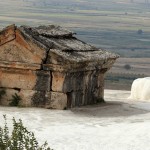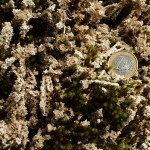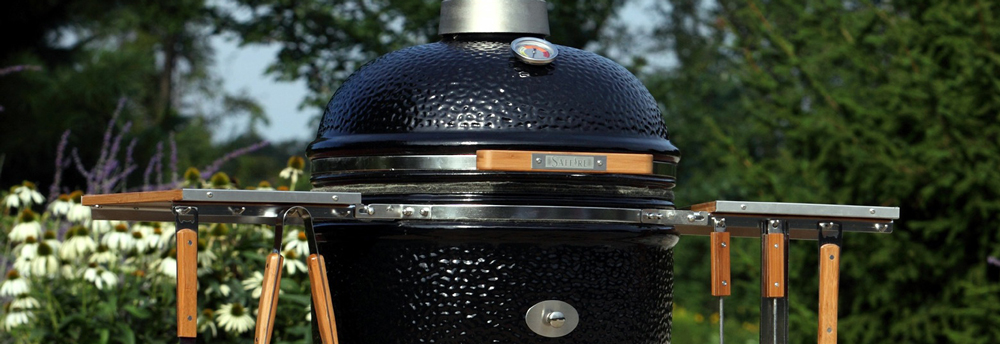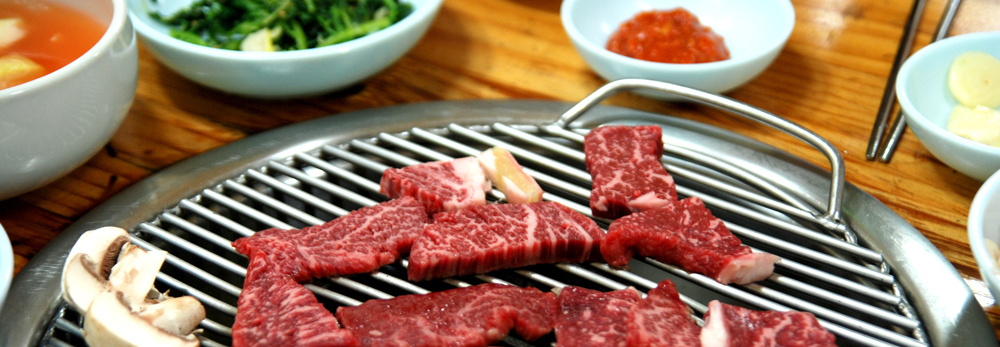About Travertine: Minimize Your Trouble
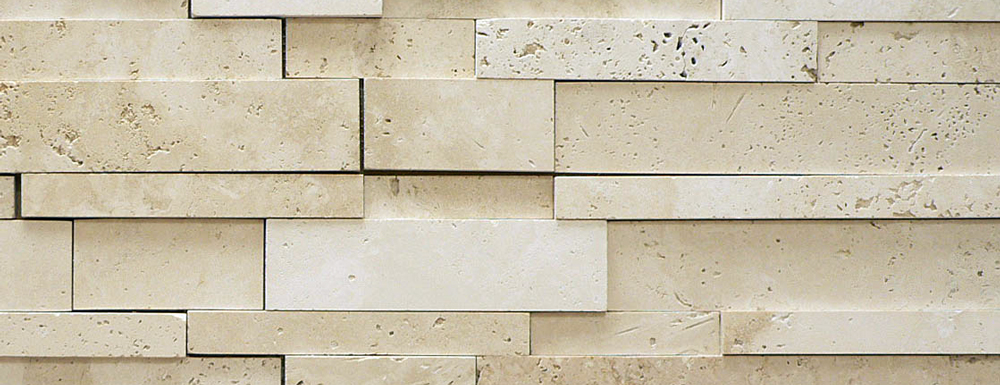
About Travertine: Minimize Your Trouble
Travertine, characterized by its naturally-occurring porosity which is easily visible to the naked eye in the form of pits and holes within and throughout its surface, is often improperly classified as marble. In reality, it is a type of limestone, and is currently used most frequently in modern architecture. As the travertine forms, different organisms such as algae and cyanobacteria colonize the surface. These organisms, preserved within the stone, result in the distinctive porosity. This porosity can lead to serious problems in environments that experience freeze/thaw cycles.
Honed/Filled Travertine
Once travertine is quarried, it can be honed or filled. Travertine is normally too soft to take on a high-polish. To combat this, the surface is honed, or ground down to a smooth, flat finish. A high-honed finish is nearly-polished and reflects some light while a dull-honed finish does not reflect any light. The holes that naturally-occur in the travertine can also be filled. If the filling is performed at the factory, the travertine is filled with an epoxy resin before the stone is ground down. This creates a smooth, modern appearance and also reinforces the stone’s integrity. Filling also prevents the holes from attracting dirt and other debris. If the travertine is filled on-site, it is most likely filled with grout. This provides a more rustic appearance and is typically done with tumbled, rather than honed travertine.
Environments With Freeze/Thaw Cycle
Despite what some marketers claim, and whether it has been filled or left with its porosity intact, travertine is never recommended for use outdoors in areas that experience freeze/thaw cycles. In these environments, travertine is only recommended for indoor use.
